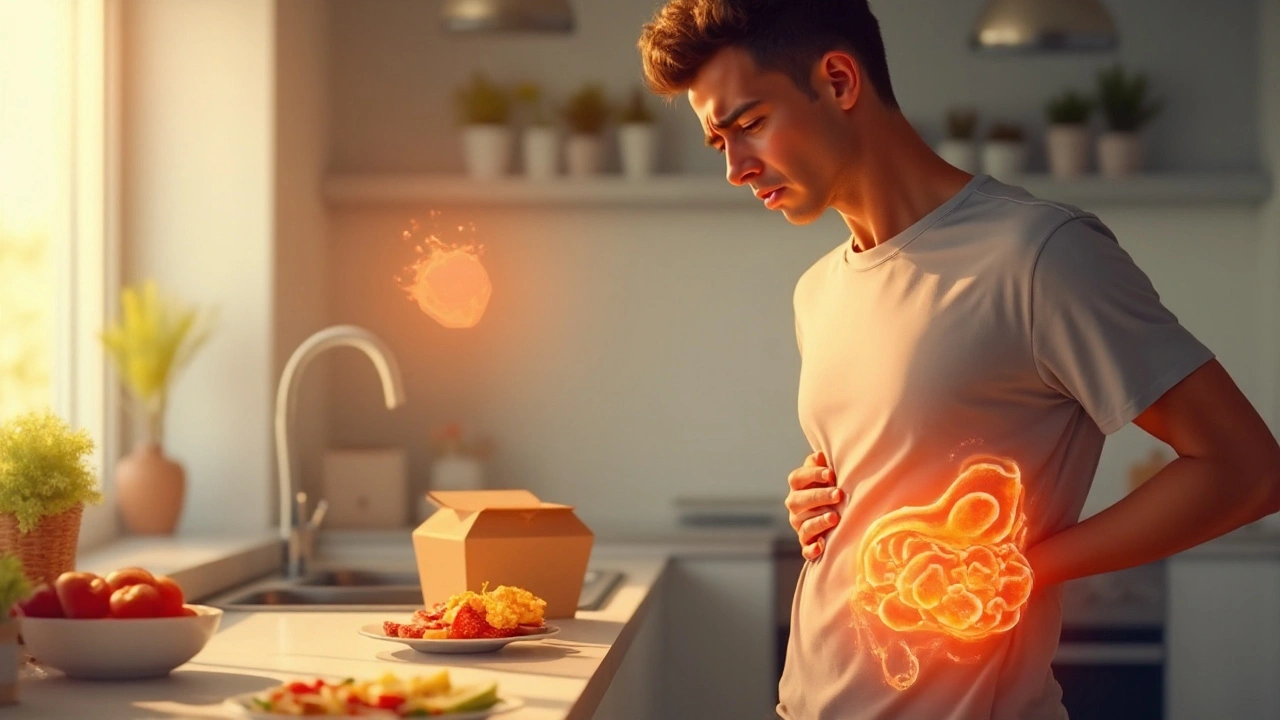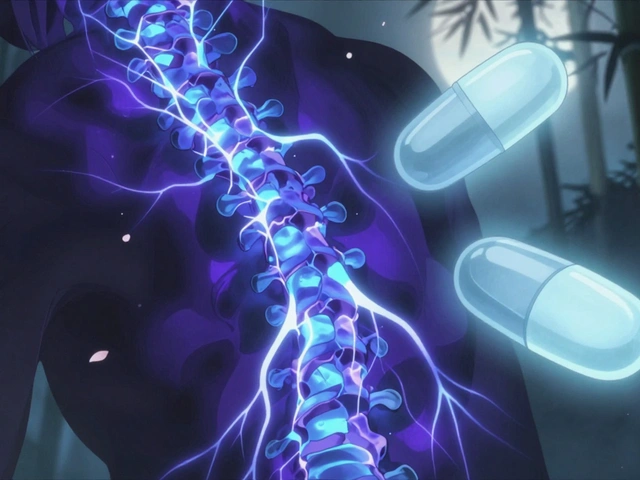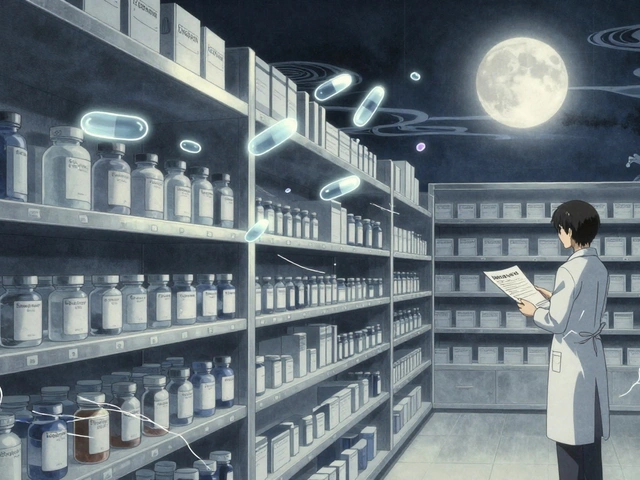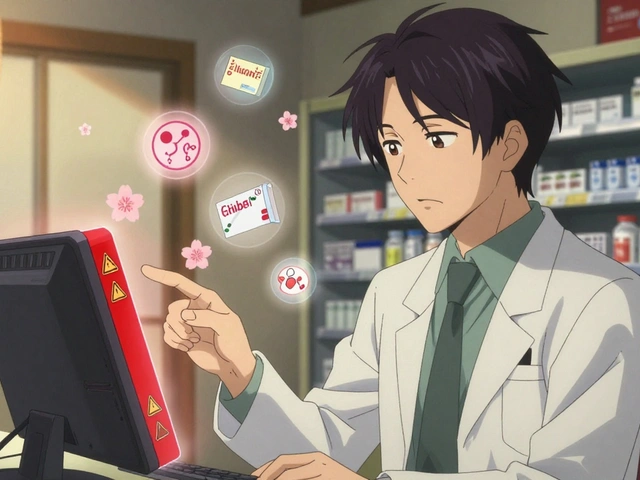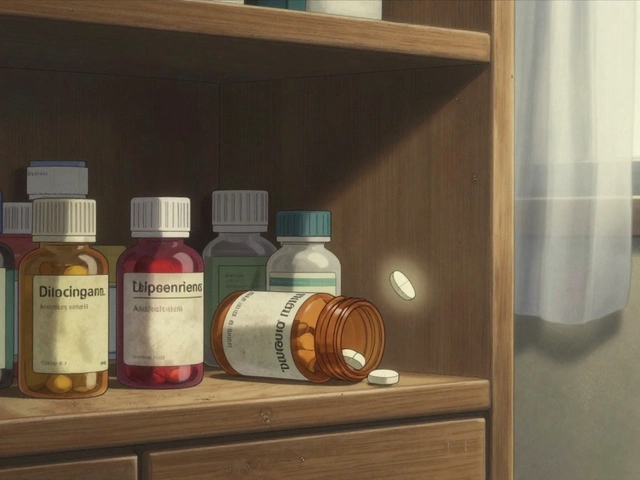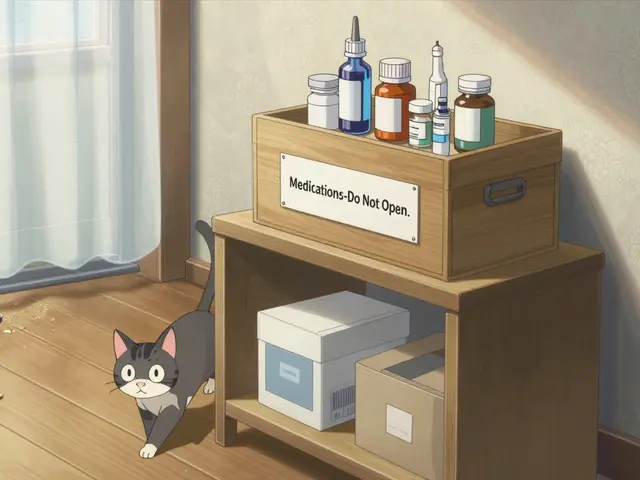Biliary Pain – Understanding the Discomfort
When dealing with Biliary Pain, a sharp or cramping discomfort felt in the upper abdomen due to problems in the gallbladder or bile ducts. Also known as biliary colic, it often signals an underlying issue that needs attention. It isn’t just a fleeting ache; the pain can radiate to the back, shoulder, or even trigger nausea. Recognizing the pattern helps you decide when to seek care and which therapies might work best.
The most common culprits are Gallstones, solid particles that form from cholesterol or bilirubin in the gallbladder and Cholecystitis, inflammation of the gallbladder often caused by a blocked stone. When a stone blocks the cystic duct, pressure builds up, stretching the gallbladder wall and sparking intense pain. Inflammation can worsen the situation, leading to fever and a higher risk of infection.
Beyond stones, Bile Duct, the channel that carries bile from the liver and gallbladder to the intestine can become narrowed or obstructed. Conditions like common bile duct stones, strictures, or tumors jam the flow of bile, creating a backup that stretches the ducts and triggers similar pain episodes. This type of obstruction often demands a different diagnostic approach and may require endoscopic or surgical intervention.
Doctors rely on imaging to pinpoint the source. An abdominal ultrasound is usually the first step because it visualizes stones, wall thickening, and duct dilation without radiation. If the ultrasound is inconclusive, a CT scan or MRCP (magnetic resonance cholangiopancreatography) offers a detailed view of the biliary tree, helping differentiate gallbladder disease from other abdominal issues.
Treatment starts with symptom control. NSAIDs, non‑steroidal anti‑inflammatory drugs such as ibuprofen or naproxen are frontline because they cut inflammation and relieve pain quickly. For severe attacks, a short course of opioids may be prescribed, but doctors try to avoid them due to dependency risks. When stones are confirmed, options range from watchful waiting to elective cholecystectomy, the surgical removal of the gallbladder, which eliminates the source of most recurring pain.
Lifestyle tweaks also play a big role in keeping biliary pain at bay. A diet low in saturated fat and cholesterol reduces the chance of new stone formation. Staying hydrated helps keep bile fluid, and regular physical activity supports overall digestive health. If you’ve had an episode, monitoring for warning signs—persistent fever, jaundice, or worsening pain—can catch complications early.
What’s Next?
Below you’ll find a curated collection of articles that dive deeper into specific medications, diagnostic tips, and practical management strategies related to biliary pain and its underlying conditions. Browse through to expand your knowledge and find actionable insights you can use right away.
Acid Indigestion and Gallstones: How They’re Linked and What to Do
Explore the surprising link between acid indigestion and gallstones, learn the shared risk factors, symptoms, diagnosis and steps to prevent pain.

